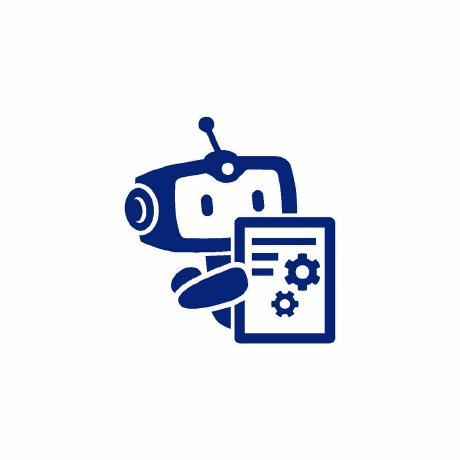Discover and explore top open-source AI tools and projects—updated daily.
ComfyUI by  comfyanonymous
comfyanonymous
Visual AI engine for diffusion models, API, and backend
Top 0.1% on SourcePulse
ComfyUI provides a powerful, modular, and node-based interface for creating and executing complex Stable Diffusion pipelines. It caters to researchers, power users, and developers who need fine-grained control over AI image generation workflows, offering flexibility beyond traditional GUIs.
How It Works
ComfyUI utilizes a directed acyclic graph (DAG) system where nodes represent operations (e.g., loading models, applying prompts, generating images) and edges define the data flow. This visual approach allows users to construct intricate pipelines without coding. Key advantages include its optimization for re-executing only changed parts of the graph and efficient memory management, enabling operation on GPUs with as little as 1GB VRAM or even CPU-only.
Quick Start & Requirements
- Install:
pip install -r requirements.txt(after cloning the repo). A Windows portable package is available. - Prerequisites: Python 3.12 recommended. Supports NVIDIA (CUDA 12.8+), AMD (ROCm 6.2.4+), Intel GPUs (XPU/IPEX), Apple Silicon, and Ascend NPUs. Requires downloading Stable Diffusion models (ckpt, safetensors) into
models/checkpoints. - Resources: Can run on low VRAM GPUs (1GB+) or CPU.
- Docs: Examples
Highlighted Details
- Supports a wide range of models: SD1.x, SD2.x, SDXL, SDXL Turbo, Stable Cascade, SD3/3.5, Pixart, AuraFlow, HunyuanDiT, Flux, Lumina, Stable Video Diffusion, Mochi LTX-Video, and more.
- Advanced features include ControlNet, T2I-Adapter, upscaling models, GLIGEN, LCM, latent previews, area composition, and inpainting.
- Workflows can be saved/loaded as JSON or embedded within generated PNG, WebP, and FLAC files, preserving seeds and parameters.
- Offers asynchronous queueing and smart re-execution of changed graph segments for efficiency.
Maintenance & Community
- Weekly release cycle every Friday.
- Active community via Discord and Matrix.
- Frontend development is now in a separate repository: ComfyUI Frontend.
Licensing & Compatibility
- License: MIT.
- Compatible with commercial use and closed-source linking.
Limitations & Caveats
- The README mentions a transition to a new frontend repository, with the main repo's frontend updated fortnightly and daily releases available separately. Users can specify frontend versions via command-line arguments.
10 hours ago
1 day

 MohamadZeina
MohamadZeina cantrell
cantrell v8hid
v8hid Vchitect
Vchitect TonyLianLong
TonyLianLong cagliostrolab
cagliostrolab rupeshs
rupeshs mlc-ai
mlc-ai Picsart-AI-Research
Picsart-AI-Research vladmandic
vladmandic AbdullahAlfaraj
AbdullahAlfaraj modelscope
modelscope